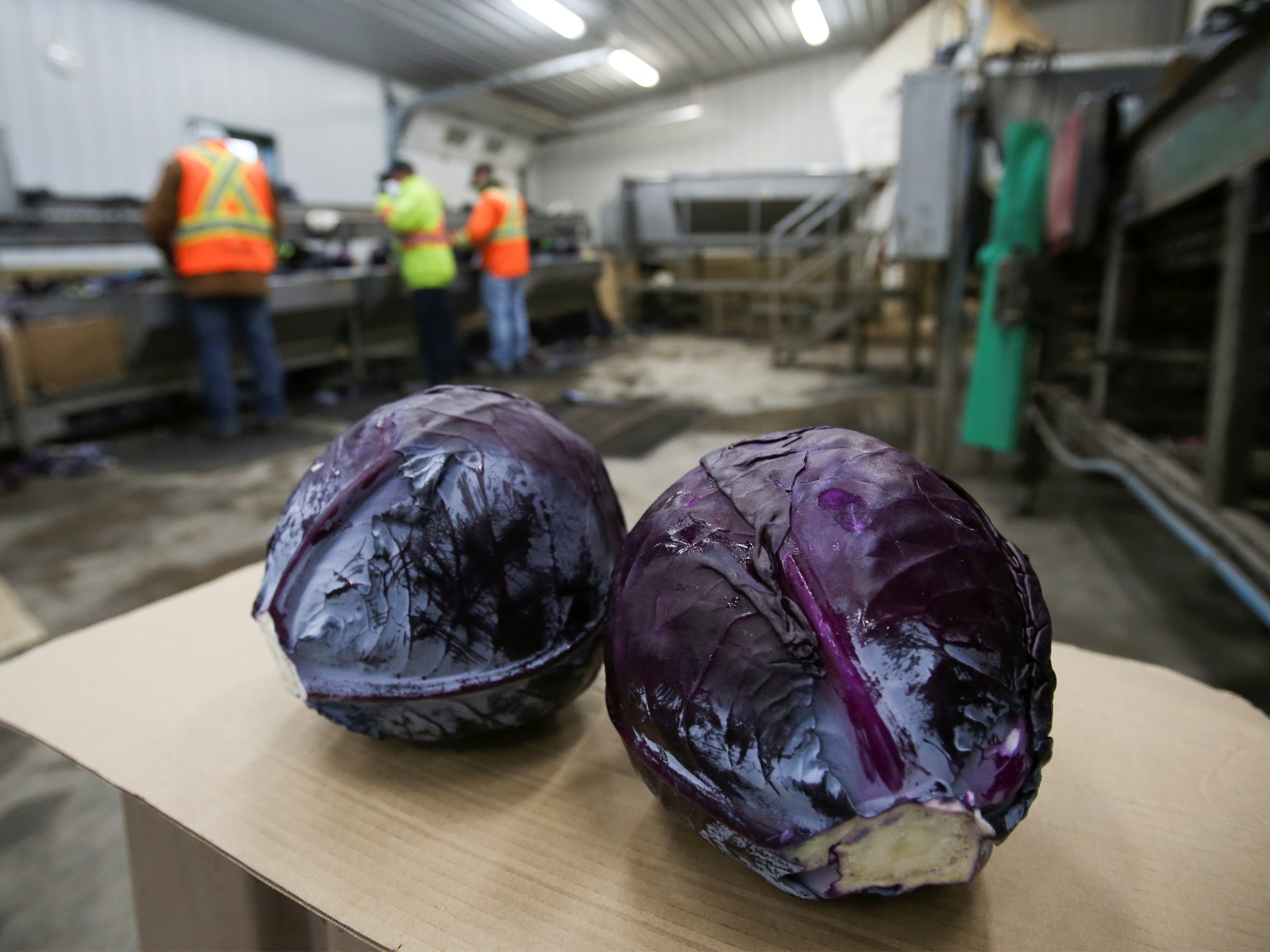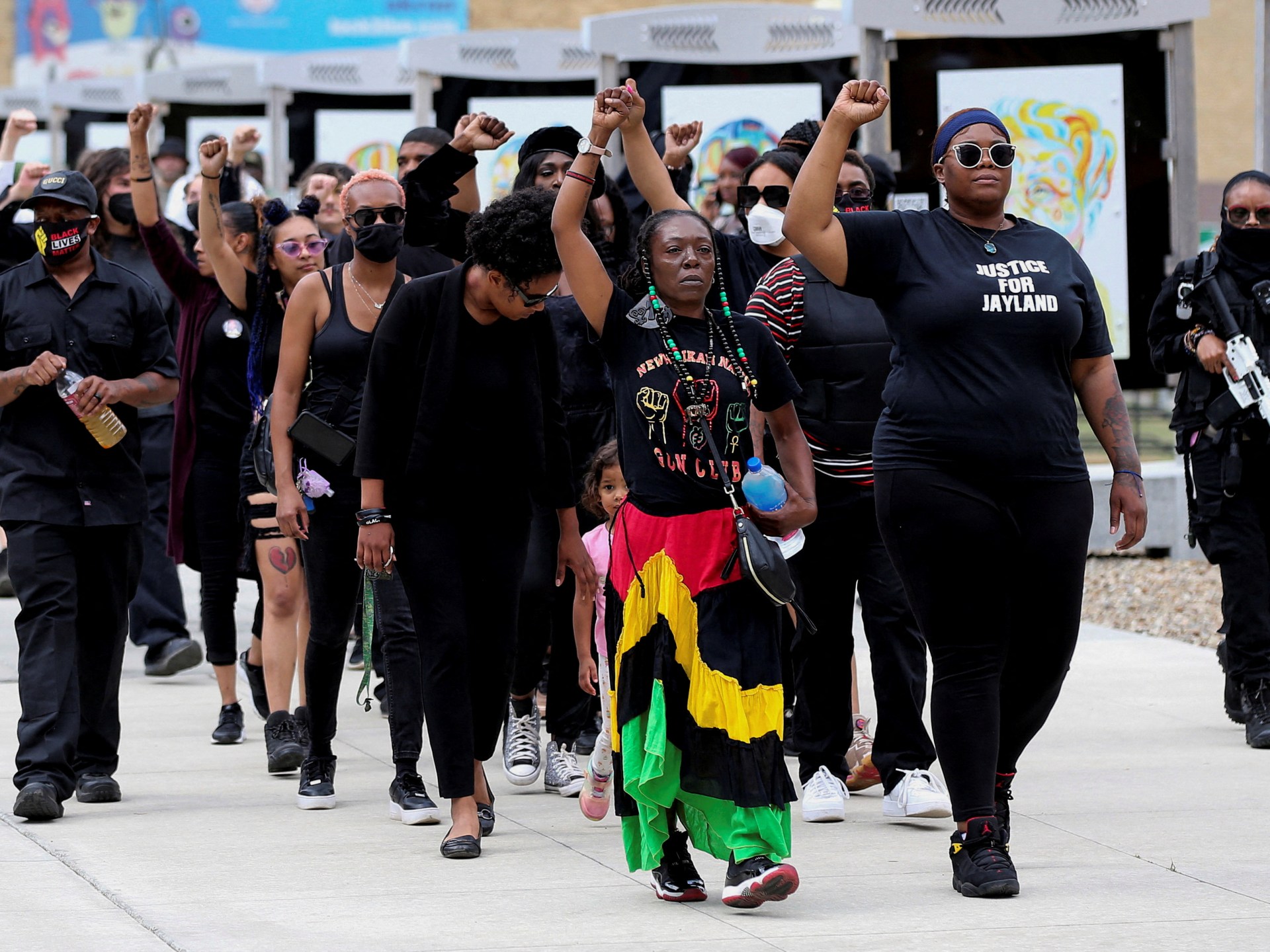Searching for solutions in Madagascar’s hunger-struck south | Gallery News
Androy Region, Madagascar – In a ward for children with complications from acute malnutrition, Lalandy held her grandson, Berto. The infant’s thin arm rested on hers.
A nurse at the hospital in Ambovombe, the capital of Madagascar’s southernmost province, charted the five-month-old’s height-to-weight ratio, watching the line progressively rise after days of treatment with therapeutic milk.
Lalandy said she sold her last valuables to bring her grandson to the hospital from their home in Bekily about 200km (124 miles) away. His mother had died in childbirth, and the ongoing crisis of hunger in Madagascar’s sprawling 111sq km (43 sq miles) Grand Sud region encompassing Androy, Anosy and Atsimo Andrefana, has caused him to shed a lot of weight.
“I didn’t even think that he will live,” she said. “I just brought him here by having hope.”
Decades of poverty and underdevelopment, combined with a prolonged drought and rising temperatures, drove 1.6 million people in the Grand Sud into food insecurity last year.
The situation has brought back attention to the effects of climate change on the island of about 30 million people.
An influx of humanitarian aid helped to avert catastrophe, but at least 1.1 million people remain acutely food insecure. As of February, children five years old and below faced emergency levels of malnutrition in 13 percent of the region’s districts, according to UNICEF.
The Famine Early Warning System monitor has warned that low harvests in May, coupled with a reduction in aid funding, could see crisis levels return (PDF) to the region this June. Meanwhile, the Russian invasion of Ukraine has sparked a global food crisis that threatens regions across the world reliant on aid.
Still, several residents have taken leading roles in a number of resilience projects they hope will help protect the population from future hardship.
In Sampona commune, Raherinidamy Dominique Firmando trains farmers from 25 households on techniques that – when coupled with high-quality seeds – have been shown to make crops more resilient to the harsh conditions of the area, which include not only low rain but regular sand storms spurred by deforestation.
Firmando said 10 other training groups, each consisting of 25 households, are active in the area. The programme is supported by the United Nations Food and Agriculture Organization (FAO), which plans to further expand the network of information sharing.
Meanwhile, Sailambo is overseeing her high-schooler nephew Yves’s project in her ancestral village of Erada in the commune of Beagnatara.
They grow baby acacia trees in crescent-shaped ditches, a technique that can help to capture water, restore moisture to the ground, and prevent erosion of the soil.
“Even though the trees will take time to grow, I have hope that the famine will be solved,” she said.




